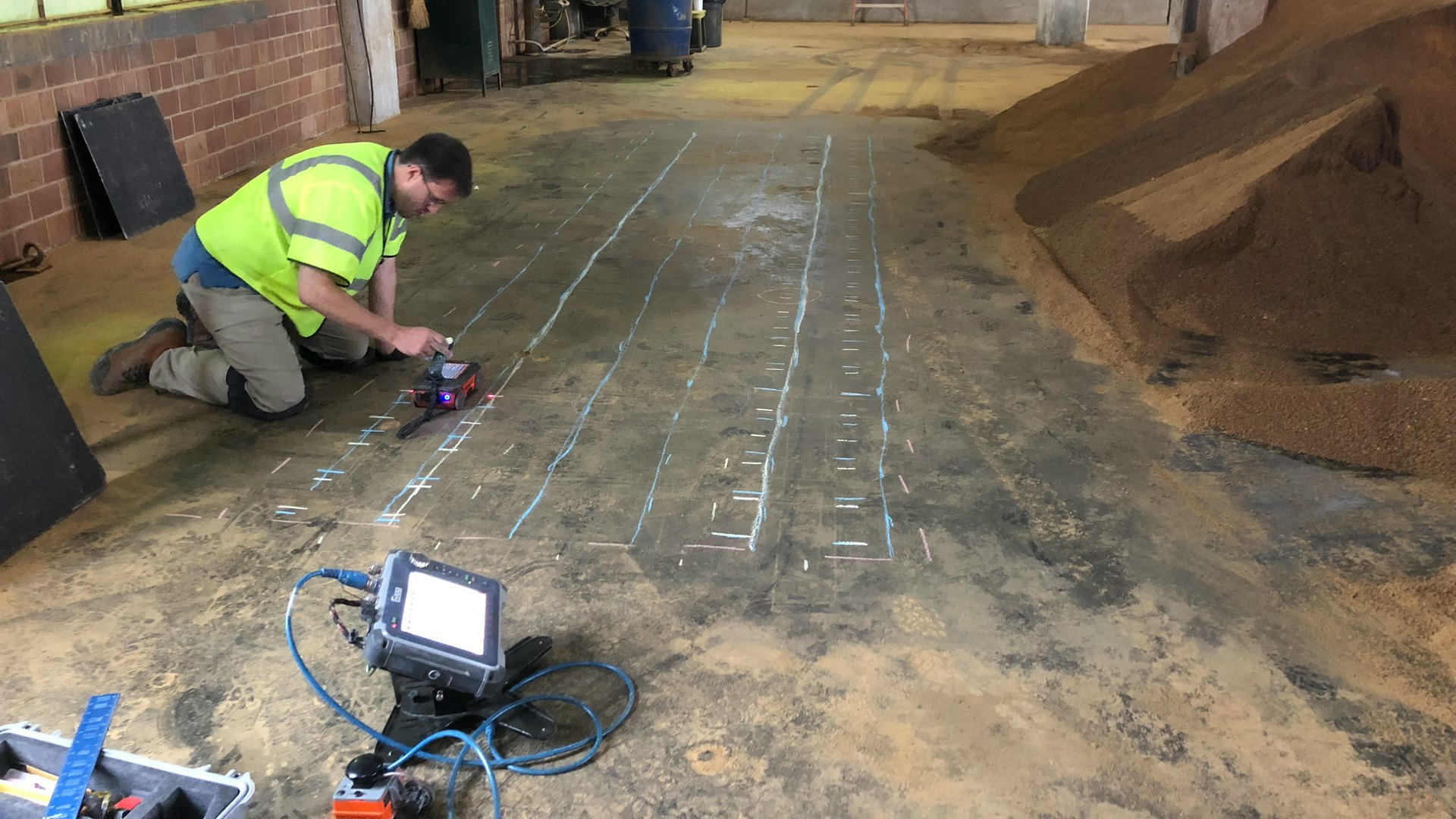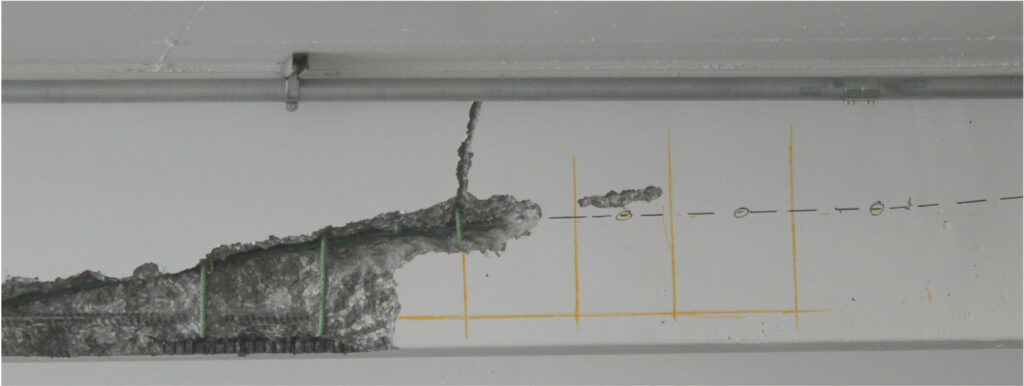Nationwide RainierGPR Service Areas for Advanced Concrete Scanning
Nationwide RainierGPR Service Areas for Advanced Concrete Scanning
Blog Article
Concrete Scanning: An Essential Step Towards Guaranteeing Structural Stability and Security
In the world of construction and infrastructure upkeep, the importance of concrete scanning can not be overstated. By using sophisticated technology and approaches, concrete scanning serves as a crucial tool in making sure that the integrity and security of buildings and bridges are maintained to the highest criteria.
Relevance of Concrete Scanning
Concrete scanning plays an essential function in guaranteeing the architectural honesty and safety of structures and infrastructure projects. By using sophisticated modern technologies such as ground-penetrating radar (GPR) and electromagnetic induction, specialists can non-destructively check concrete structures to identify prospective defects, gaps, embedded items, and support layout. This procedure enables very early detection of anomalies that might endanger the security of a structure, protecting against costly damages and ensuring the safety and security of passengers.
Concrete scanning is especially crucial throughout the planning and construction phases of a job. Prior to drilling, reducing, or coring into concrete, scanning helps determine the exact areas of rebar, post-tension wires, and other embedded aspects, lowering the threat of unintended hits that can lead to structural weak points. Furthermore, concrete scanning aids in high quality control by confirming the thickness of concrete covers and discovering any kind of disparities that may impact the general durability of the structure. Ultimately, purchasing concrete scanning solutions is not just an aggressive action to reduce risks but likewise a fundamental step in the direction of preserving the lasting safety and security and security of buildings and infrastructure.
Innovation for Concrete Assessment

Benefits of Early Detection
Timely discovery of architectural problems can substantially minimize threats and ensure the longevity of building jobs. By recognizing potential problems at an early stage in the construction process, stakeholders can take positive actions to resolve concerns prior to they intensify into bigger and much more expensive issues. Among the vital advantages of very early discovery is the avoidance of architectural failings, which can present significant safety and security link threats and lead to project delays and economic losses.
Moreover, early detection allows for timely repairs and upkeep, which can aid prolong the life-span of the structure. By attending to problems quickly, construction teams can avoid pricey repair services and even the requirement for premature replacement of architectural elements. This positive approach not just conserves time and cash however likewise improves the general security and resilience of the construction project.
Furthermore, very early discovery can improve job preparation and decision-making by giving stakeholders with useful insights right into the problem of the structure. Equipped with this details, job managers can make enlightened selections pertaining to building methods, timelines, and products, leading to a lot more successful and efficient job end results.
Guaranteeing Architectural Stability
Ensuring the structural security of a building and construction job is paramount to its security and long life. Structural security refers to the capacity of a structure or infrastructure to preserve its form and function under different lots and environmental problems. To attain this, extensive analysis and monitoring of the framework are crucial. Concrete scanning plays a vital duty in ensuring structural stability by identifying potential problems such as spaces, delamination, or reinforcement corrosion that could jeopardize the stability of the framework over time.
By making use of advanced scanning technologies like ground-penetrating radar (GPR) and electromagnetic induction, construction professionals can non-invasively inspect concrete structures to identify locations of problem under the surface area. This aggressive approach enables the early discovery of weak points or flaws, making it possible for timely repair work or support to prevent architectural failings.
Routine concrete scanning during various building phases and throughout the investigate this site life cycle of a framework can assist preserve its stability, reduce risks, and make certain the safety and security of passengers. By prioritizing architectural security through concrete scanning, building and construction tasks can boost their strength and longevity, eventually adding to better security and long life.

Preventing Crucial Failures
To protect against devastating occasions, precise surveillance and proactive maintenance are necessary in preventing essential failures within architectural frameworks. Detecting prospective click reference issues prior to they intensify is key to avoid architectural failures. Applying routine assessments, such as concrete scanning, can expose hidden defects like voids, splits, or deterioration that can jeopardize the integrity of a structure. By making use of sophisticated scanning modern technologies like Ground Passing through Radar (GPR) or Concrete X-ray, engineers can non-destructively examine the condition of concrete and recognize weak factors that need reinforcement or repair - RainierGPR Service Areas.

Final Thought
To conclude, concrete scanning plays a critical role in guaranteeing architectural stability and safety by utilizing advanced technology for early detection of potential issues. This proactive approach assists prevent important failures and makes certain the stability of frameworks. It is necessary to prioritize concrete evaluation as a common practice to secure the durability and security of buildings and infrastructure.
Concrete scanning plays an essential function in making sure the architectural stability and security of buildings and infrastructure projects. Furthermore, concrete scanning help in high quality control by verifying the density of concrete covers and detecting any disparities that might influence the general durability of the framework. Concrete scanning plays a critical function in guaranteeing structural security by spotting possible problems such as voids, delamination, or support rust that could endanger the stability of the structure over time.

In final thought, concrete scanning plays an important function in making sure architectural stability and security by using sophisticated technology for early detection of prospective issues.
Report this page